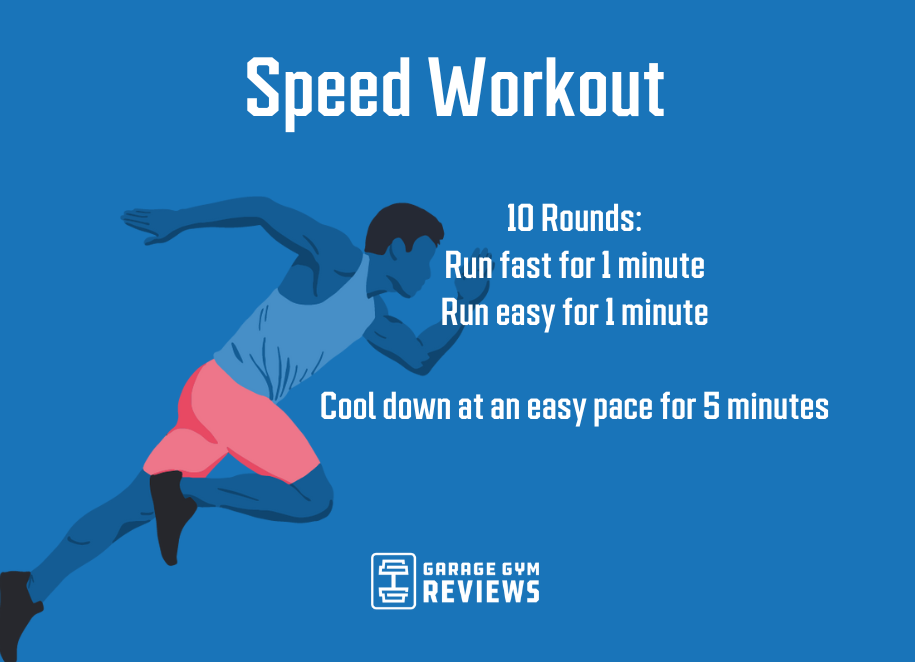Master Your Running Workout: Effective Strategies for Success
Master Your Running Workout: Effective Strategies for Success
Blog Article
The Ultimate Guide to Taking Care Of Pain When Running
For runners, experiencing pain during runs is not unusual, and recognizing just how to efficiently handle and stop it can make a substantial distinction in your overall performance and enjoyment of the sporting activity. Whether you are a seasoned marathoner or simply beginning your running journey, understanding the different sorts of discomfort that can occur and the methods to address them is essential. From pre-run warm-up regimens to appropriate footwear choice, there are numerous factors to consider when it involves handling discomfort while running. This comprehensive overview will certainly outfit you with the understanding and tools needed to browse with the pain and encourage you to attain your running goals with better simplicity.
:max_bytes(150000):strip_icc()/effective-30-minute-running-workouts-2911891-0927-70272e09ac83449cadb9f1ce51656c0c.jpg)
Recognizing Various Kinds Of Running Pain
When running, it is vital to distinguish between different kinds of pain to stop injuries and maximize efficiency (Read More). One usual type of discomfort that runners may experience is muscular tissue soreness, which typically emerges from the stress put on muscles during exercise. This kind of discomfort is often a regular component of the running process and can be handled with appropriate workout, cool-down, and extending regimens
An additional sort of discomfort to be mindful of is joint pain. Joint pain can show concerns such as overuse, incorrect type, or underlying problems like joint inflammation. Neglecting joint pain can cause much more severe injuries, so it is crucial to address any type of discomfort promptly and possibly seek professional suggestions.
Furthermore, sharp or stabbing discomforts should not be neglected. These kinds of pain can indicate acute injuries such as stress, strains, or anxiety cracks - running strategy. Remaining to go through these kinds of pain can worsen the injury and prolong healing time
:max_bytes(150000):strip_icc()/effective-30-minute-running-workouts-2911891-0927-70272e09ac83449cadb9f1ce51656c0c.jpg)
Pre-Run Warm-Up and Stretching Regular
To prepare the body for a running session, executing a reliable pre-run workout and extending regular is important. A correct workout aids raise blood circulation to the muscle mass, boosts adaptability, and decreases the threat of injury during the run. Start with dynamic stretches like leg swings, arm circles, and high knees to slowly raise your heart price and relax the muscles. Dynamic extending assists resemble the movements you'll be doing while running, preparing your body for the activity ahead. Follow this with fixed stretches focusing on major muscular tissue teams such as the hamstrings, quadriceps, calf bones, and glutes. Hold each stretch for concerning 15-30 secs without bouncing to promote muscle relaxation and versatility. Bear in mind to listen to your body and readjust the strength of your warm-up based upon your fitness level and any kind of pre-existing problems. By integrating a regular pre-run warm-up and extending regular right into your running program, you can enhance efficiency and minimize the risk of pain or injury.
Appropriate Footwear Option and Fit
Picking suitable footwear that fits well is vital for joggers to stop pain and minimize the risk of injuries. Uncomfortable footwear can cause blisters, black nails, shin splints, and various other excruciating conditions that can impede efficiency and sideline training. When picking running footwear, it is essential to take into consideration variables such as foot kind, running stride, arch assistance, padding, and footwear size. running strategy. Going to a specialized running shop for a stride evaluation and professional installation can assist ensure that you choose the right footwear for your individual needs. Running shoes should offer sufficient support and stability while also being comfortable and lightweight. Furthermore, it is advised to change your running shoes every 300-500 miles to keep appropriate padding and support. Spending in premium footwear that is suitable for your running style and foot anatomy is a positive action towards stopping pain and injuries throughout your runs.
Nutrition and Hydration Tips for Discomfort Avoidance

Hydration is equally vital for runners to prevent pains, dehydration, and other discomforts that can lead to pain throughout running. It is advised to consume alcohol a sufficient amount of water throughout the day and specifically previously, during, and after running sessions. Electrolyte-rich beverages or sporting activities drinks can additionally be useful for restoring lost minerals and maintaining correct liquid equilibrium. running workout (Read More). By prioritizing nutrition and hydration, runners can boost their performance, lessen discomfort, and take pleasure in a more comfy running experience.
Post-Run Recovery Techniques to Ease Discomfort
Applying reliable recuperation methods is necessary for alleviating pain and advertising muscle recovery after running sessions. One essential post-run recovery method is stretching. Integrating fixed go for significant muscular tissue teams can aid minimize muscle stress and pain. Foam rolling is an additional valuable method to launch muscular tissue tightness and improve blood flow to the muscles, assisting in quicker recuperation. Furthermore, topping aching locations for 15-20 mins can help in reducing inflammation and numb discomfort post-run.
Taking in a well balanced snack or meal that includes protein and carbs within 30 mins of completing a run can help repair muscle mass cells and renew power stores. By incorporating these post-run recuperation strategies right into your regimen, you can effectively manage pain and optimize your running performance.
Verdict
To conclude, attending to various kinds of running pain via proper warm-up, stretching, shoes option, nutrition, hydration, and post-run recovery strategies is important for discomfort prevention and monitoring. By recognizing the root causes of pain and executing these strategies, joggers can decrease pain and prospective injuries. It is crucial to focus on total physical health and wellness and well-being to make certain a successful and delightful running experience.
Report this page